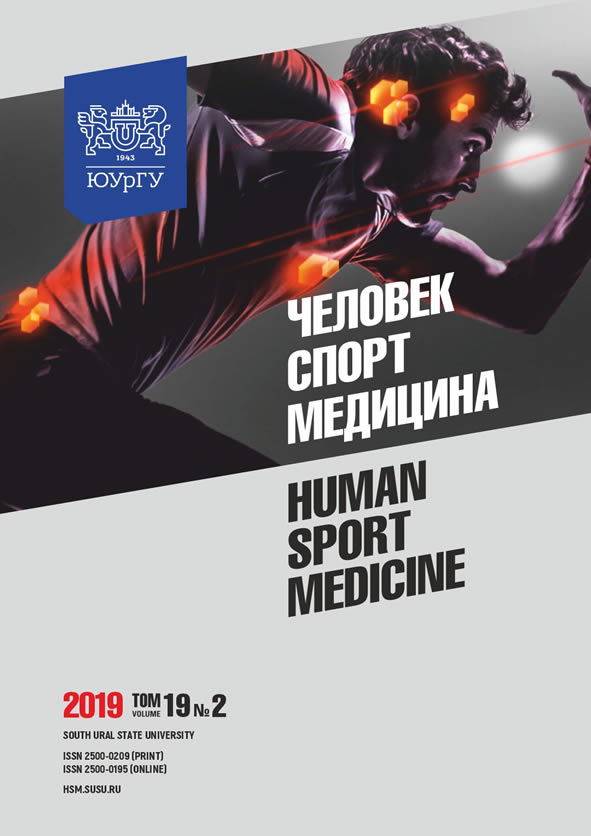METHOD FOR IMPROVING PRICK ACCURACY IN YOUNG FENCERS
Abstract
Aim. The article deals with justifying the application of the method for improving prick accuracy in young fencers during their technical and tactical preparation. Materials and methods. 30 beginners in fencing aged 8-9 participated in the pedagogical experiment. The experiment consisted of recording video and making graphical notes about the preferable actions of each athlete. Using special protocols, we registered the data obtained from video recordings where the pricks were regarded as a result of the attack actions described with special symbols. Results. The attack and counter-attack actions registered in 2017–2018, as well as their efficiency, significantly increased. This proves the increased rationality of the actions for preparing attacks and counter-attacks as their efficiency increased with a minimum volume. We revealed that there were statistically significant changes (p < 0.05) in prick accuracy. The initial average and low levels of prick efficiency turned into above average and high levels after the experiment. Conclusion. The tests demonstrated that prick performance, as a three-stage system of movements (start, hit the target, finish) for the direct defeat of a rival with the help of parrying and lunging, allows improving the efficiency of attacks in young fencers.
References
References on translit
Copyright (c) 2019 Human. Sport. Medicine

This work is licensed under a Creative Commons Attribution-NonCommercial-NoDerivatives 4.0 International License.















